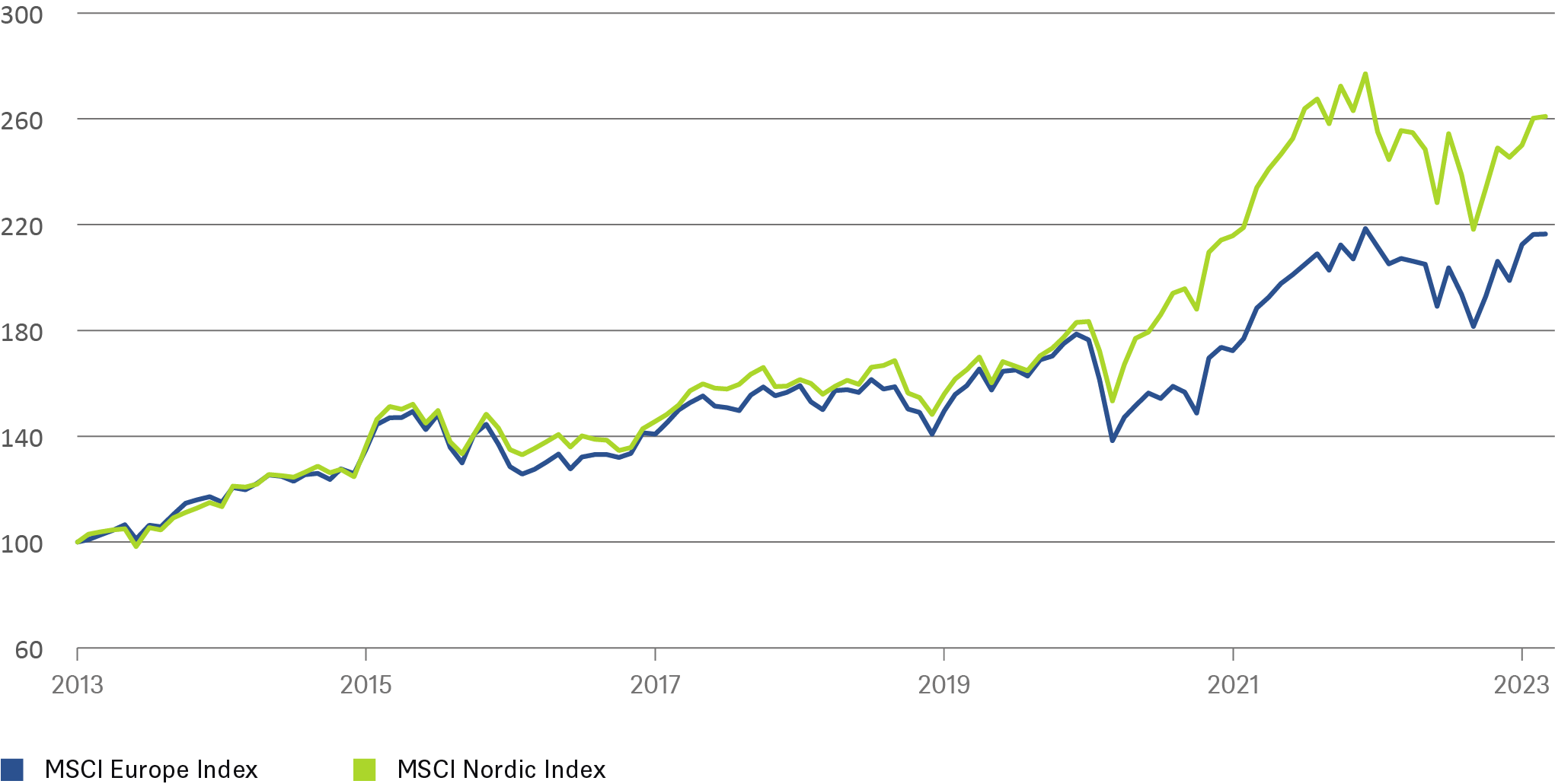One of Europe’s hidden strengths is its diversity. As old hands in Brussels like to put it, Europeans are rarely all wrong, in exactly the same way at exactly the same time. Amidst all the talk of chancellor Olaf Scholz’ "Zeitenwende“[1], it is easy to overlook how Europeans, young and old, are learning from each other. European businesses, large and small, were able to respond to the energy crisis caused by Putin’s latest war much better than initial official guesstimates suggested. Meanwhile, the integration of Ukrainian adult (mostly women) into local labor markets appears to have been unusually smooth[2].
Change in Germany’s consensus-driven democracy tends to be glacially slow in normal times, only to suddenly accelerate in response to crises. A similar logic holds at the European level. "I have always believed that Europe would be built through crises, and that it would be the sum of their solutions.", Jean Monnet, one of the founding fathers of what became today’s European Union, writes in his memoirs, before adding: "But the solutions had to be proposed and applied.“[3]
Performance: European vs. Nordic equity markets
indexed: 1/31/13 = 100

Source: Bloomberg Finance L.P., DWS Investment GmbH as of 3/31/23
Fortunately, Europeans have plenty of readily available examples of how the looming energy and digital transformations can be turbocharged to reinforce each other. In recent decades, Norway, Finland and Sweden have emerged as software powerhouses. Estonia regularly tops global lists in terms of highly valued tech start-ups per capita, ahead even of Israel[4]. Denmark is a leading player in biotechnology.
The fact that Nordic countries are also leaders in Europe’s energy transition is no coincidence. To fulfil the potential of intermittent renewable energy sources requires real-time data at various points in the electric grid. Only once the technical, legal and commercial "infrastructure" is in place can digital management systems efficiently match generation and consumption.
More profoundly, data storage, processing and retrieval are extremely energy intensive. These, in turn underpin cloud computing, artificial intelligence and related digital services, including, for example, for sequencing genomes and bioinformatic applications. Nordic countries have the twin advantage of ample supplies of cheap renewable energy and a cold climate. The latter reduces the need for costly and energy-intensive cooling of data centers. With the growth in off-shore wind production, these advantages are likely to grow further, potentially reshaping Europe’s economic geography.
Largely unnoticed by many investors, innovative clusters are already emerging, beyond Europe’s old industrial belts. And once agglomeration and innovation start in some particular place for whatever reason, positive feedback loops tend to emerge. In Estonia, practically all public services, from paying your car’s parking fee to setting up a business, are conducted digitally. Putin’s war has taught Europeans many bitter lessons. But perhaps the most important one to keep an eye on is how much we can learn from each other and from innovative success stories in the continent’s North and East.
